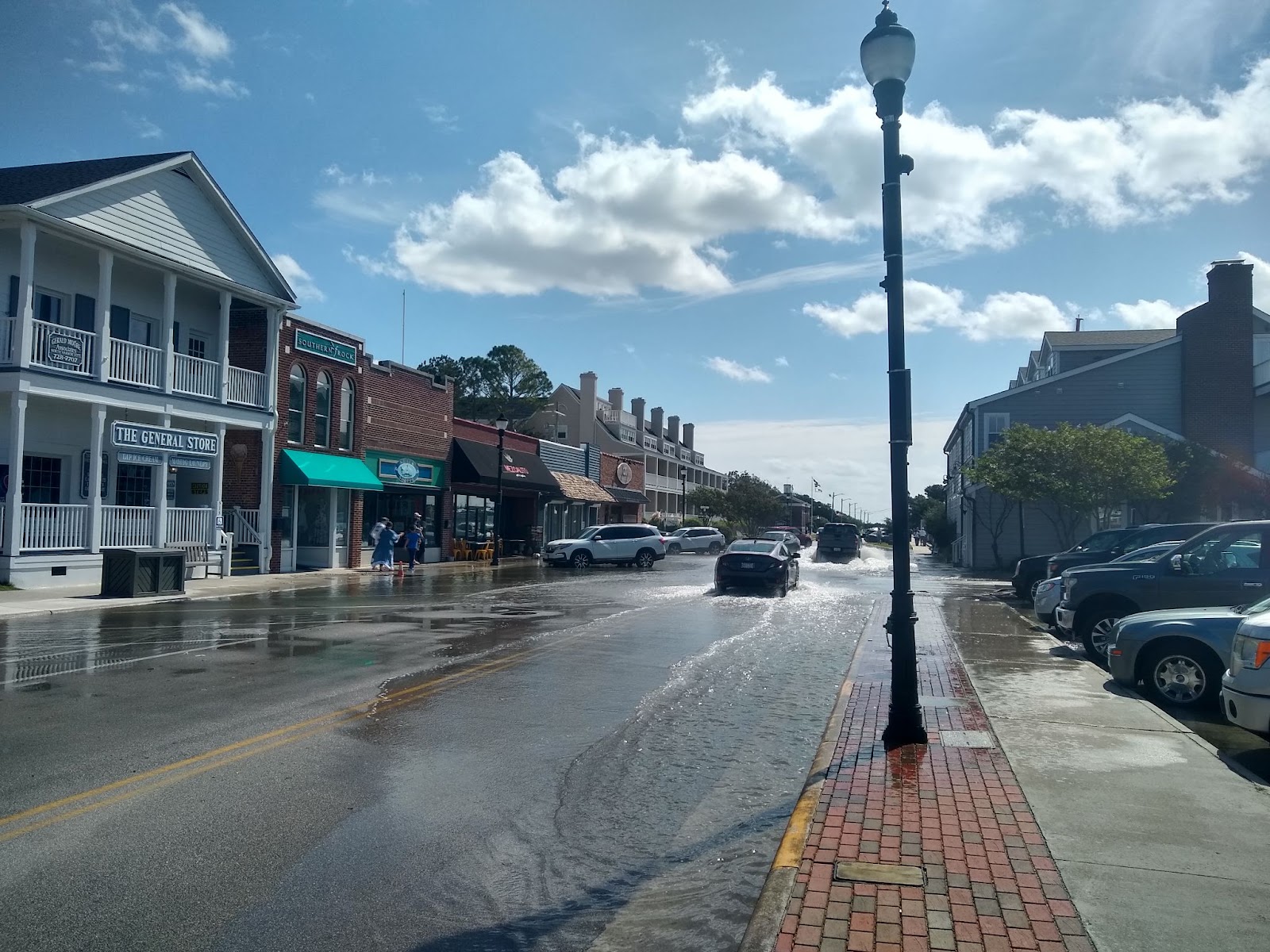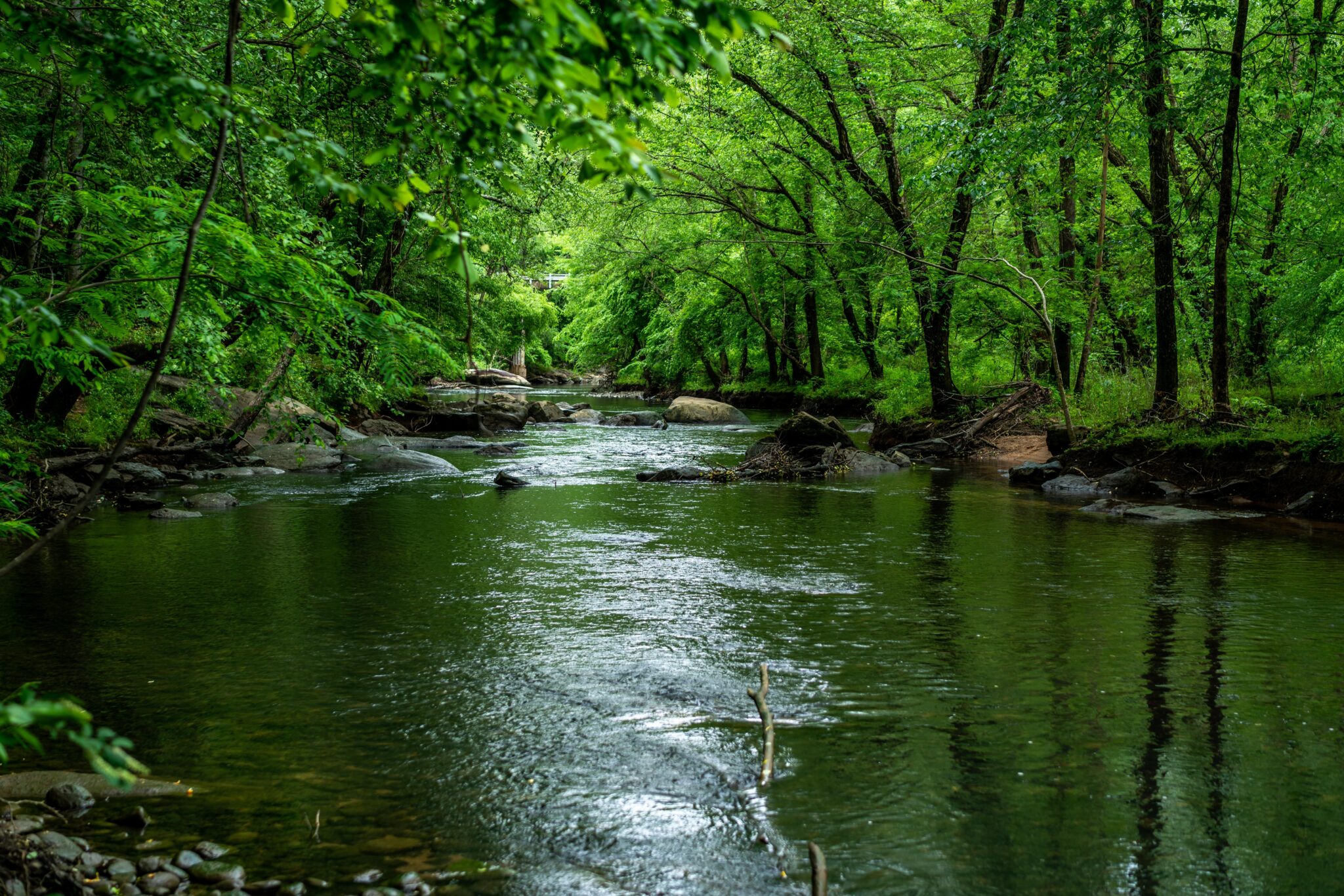Coastwatch Covers New Findings on Sea Level Rise and Coastal NC Land Elevations
North Carolina faces an unavoidable loss of over 98,000 acres of saltmarsh by 2100.

The Spring 2024 issue of Coastwatch magazine reports new findings that show accelerating sea level rise is outpacing increases in land elevations along coastal North Carolina. As a result, the state faces an unavoidable loss of over 98,000 acres of saltmarsh by 2100.
Using surface elevation tables (SETs) at over 130 North Carolina locations, scientists have been monitoring changes in the coastal plain as sea level rise has accelerated.
“Only 15% of SET-documented coastal surface elevations have kept pace with sea level rise over the last 30 years,” says North Carolina Sea Grant’s coastal planning specialist Cayla Cothron, who helps coordinate the NC SET Community of Practice. “And as sea level rise has continued to accelerate over the past decade, less than 10% of these surface elevations have kept up.”
Susan White, North Carolina Sea Grant’s executive director, says the findings are important for coastal planning. “These data can inform strategies for our state as our coastline continues to change.”
Scientists from the NC SET Community of Practice provide context for the story in the Spring issue’s “Ice to Ocean: From the Sources of Sea Level Rise to the Coast of North Carolina.”
Also in the new issue of Coastwatch:
The Rip Currents Safety Poster is (literally) a life saver.
Researchers and local residents address coastal flooding in “Sunny With a Chance of Floods.”
Author Bland Simpson unleashes coastal lore when he crosses “The Straits by Skipjack .”
“The Guide to Coastal Living” launches with tips and strategies about living shorelines (and their many benefits).
Readers can discover “Conan O’Brien worms, sea dragons, and ocean aliens” in the new “Creature Feature.”
This issue’s “Naturalist’s Notebook” looks at whether fishing and boating regulations protect endangered whales.
A new study links the 50-year trend in Atlantic hurricane escalation to climate change in “Warming Waters.”
The latest “Hook, Line & Science” covers fishing at wind farms, live imaging sonar, and more.
“Coastwatch Classroom” provides teachers with an interactive lesson plan on the impact of sea level rise on tidal marshes.
“Emerging Contaminants: Mystery in the Cape Fear” reports on eight previously unrecorded forms of PFAS.
“Vital Signs” covers how greenhouse gas emissions have hit their highest levels.
Scientists study how fish bones can protect us from the sun. And a new species of crab has arrived at the North Carolina coast.
Readers can also enjoy springtime recipes from “Mariner’s Menu,” as well as the latest news in brief, including how the NC Coastal Conference returns to the coast this year.
The Spring issue of Coastwatch is available in print and online. The Summer 2024 issue will be available online only before Coastwatch returns both in print and online for Fall 2024.
###
Coastwatch: ncCoastwatch.org
Subscribe: go.ncsu.edu/Subscribe-Now. All new subscriptions begin with the Spring 2024 issue.
Permissions: Some content that appears in Coastwatch is available to republish. Email dmshaw@ncsu.edu.
- Categories:


